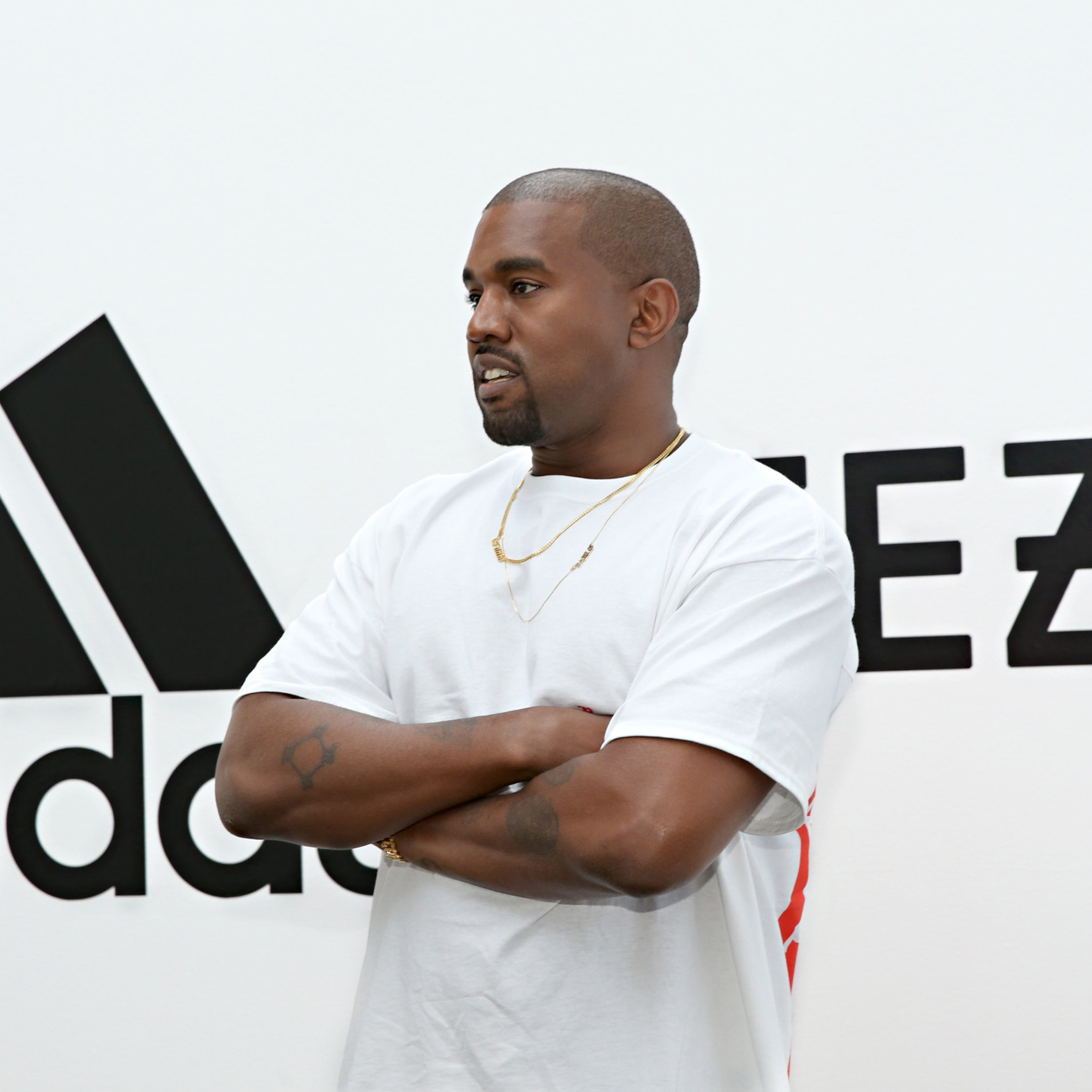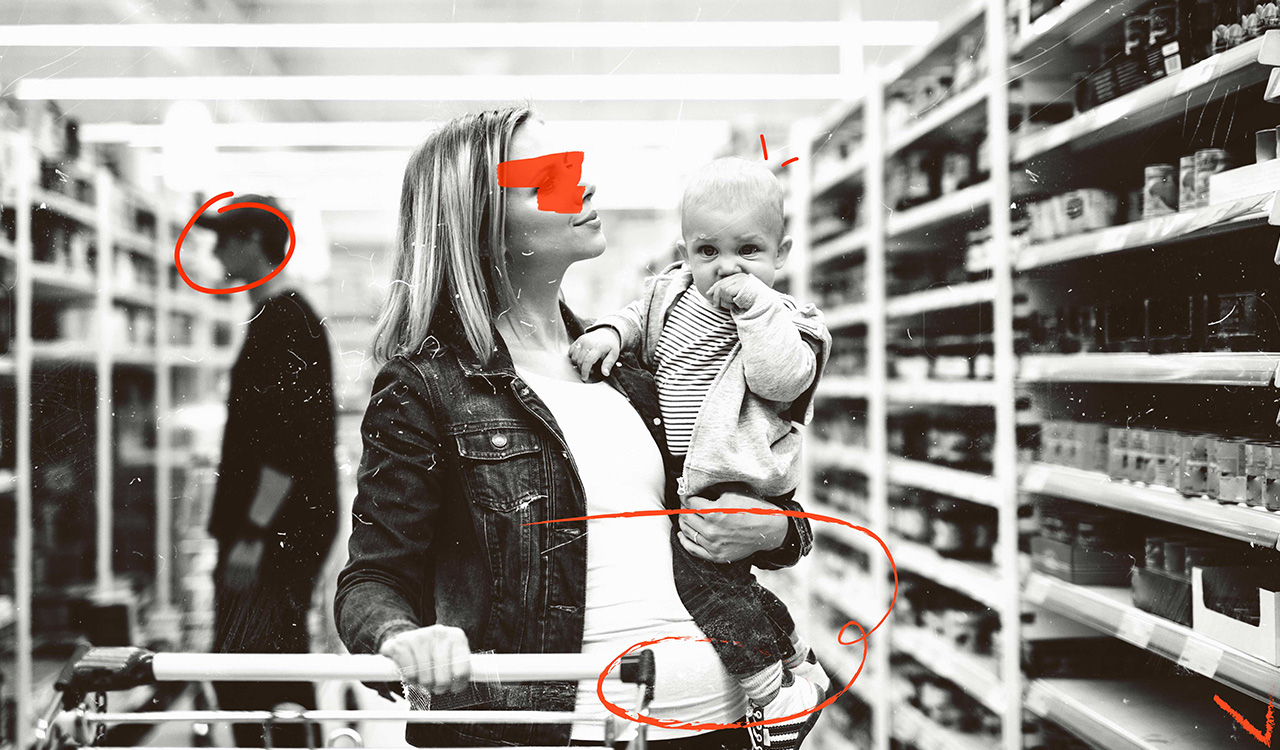Big name celebrities have long been the drug of choice for big brands looking to lock in their relevance with young, pop-culture-obsessed consumers. Whether its Snoop Dogg’s deal with Constellation Brands, the owner of Corona Extra’s U.S. distribution rights that has the LA-based rapper waxing poetic about the famous Mexican beer; Ryan Reynold’s tie-up with Mint Mobile that eventually made him the owner of the challenger cellphone brand; or, of course, the grand-daddy of all modern-era celebrity equity deals between 50 Cent and Vitamin Water – the idea of putting a famous face – usually from Hollywood, sports, or the recording industry – behind a consumer brand has generally been treated as gospel in the advertising arena. Adding a new dynamic to this conversation in recent years is the emergence of so-called “social media influencers” who are leveraging their likenesses in exchange for cash, equity and sales growth, such as YouTuber and WWE fighter Logan Paul.
Influence at Risk
But these types of deals are anything but guaranteed money in the bank. Sometimes the celebrity loses relevance or isn’t a great match for the product’s target demographic. In other cases, it can go horribly wrong. One of the more innocuous yet risible instances of this was David Beckham’s arrangement to be the pitchman for Brylcreem, a British hairstyling product. The deal quickly went south when the famous footballer decided to shave his head halfway through their agreement. Or when Alicia Keys was named as the Creative Director of Blackberry and tweeted out the big news from her iPhone. Or when the Beef Industry Council (BIC) hired actress Cybill Shepherd in 1986 to promote the idea that steak and hamburger was “real food for real people,” only to see Shepherd admit in an interview that she tried to “stay away from red meat.”
As computer-generated influencers begin to gain mass followings that rival those of their human counterparts, it’s only a matter of time before the risk calculus for big brands bends in favor of digital avatars.
On the far more serious side, things can get ugly when the celebrity endorser is charged with murder. That’s not good at all. Many will recall the twenty years that Hertz had invested in making OJ Simpson their pitchman evaporating over night when the former gridiron great was charged with the murder of his ex-wife, Nicole Simpson – a set of circumstances that has been called “the most disastrous end to a major celebrity-endorsement deal of all time” A more recent example of a celebrity-endorser-turned-murderer was when Nike had to severe ties with South African bicyclist and double-leg amputee Oscar Pistorius who was charged with the murder of his girlfriend, celebrity model Reeva Steenkamp.
Social Ramps Up Risk
But in between shaving one’s head and committing murder, by the far the biggest risk factor that celebrity endorsers present to big consumer brands is less about what they might do, and more about what they might say. Perhaps the first widely reported dust up of this nature happened back in 2008 when Sharon Stone, then the face of luxury goods retailer Christian Dior, came out and attributed a deadly earthquake in China in which 68,000 people died to “bad karma” due to China’s occupation of Tibet. But 2008, although not that long ago in Gregorian calendar terms, might just as well be the Cretaceous Period, because it marked an era before social media became the cultural leviathan that it is today, capable of amplifying the slighted offhand comments by a factor with three commas. And with social media being the crucible from which big brands must imbibe from if they aspire to have any chance of connecting with Gen Z and Millennial consumers, this reliance on unbridled celebrity partners seems increasingly imbued with risk.
Thus it was not a surprise to see German sportswear juggernaut Adidas drinking from this very same crucible of celebrity controversy, ultimately parting ways with outspoken hip-hop megastar Ye aka Kanye West by shutting down the highly profitable Yeezy brand. Ye’s string of recent blatantly antisemitic comments had set social media ablaze, already forcing the hand lead of other major brands such as The Gap and Balenciaga to break up with the cultural phenom. But it was the Adidas decision to put the kibosh on Yeezy that had the most seismic impact with the most collateral damage – and one that incidentally brought a swift end to Ye’s tenure on Forbes Billionaires List. But for Adidas shareholders, the financial impact of shutting down the Yeezy brand was far bigger and with much larger ripple effects across the industry; the Yeezy brand had an estimated $2 billion a year topline impact for Adidas – nearly 10 percent of the company’s annual revenue. And this year alone, Adidas has indicated that the split will already cost the company nearly $250 million in income this year.
Influencing Virtually
Ye was a known provocateur, and Adidas’ top brass surely knew that there were risks associated with working with megastar with a well-documented history of running his mouth and weighing into issues well outside his swim lane. But with the growing relevance of non-human influencers, its only a matter of time before there is a tipping point in which company execs, weighing the pros and cons of working with real-life flesh-and-blood celebrities versus CGI-inspired near humans who they can control down to the very last detail, will opt for the latter. No more drunk driving crashes. No more wardrobe malfunctions. No more unsanctioned political commentary or off-color diatribes. Heck – no more aging or going grey!
In many respects, the rest of the world is already way ahead of Europe and North America when it comes to CGI celebs. Digital avatars have a mammoth-sized presence in Japanese, South Korean and Chinese markets where they are “employed” for major brand and modeling campaigns. Hatsune Miku, a virtual singer regularly sells out concerts where she appears as a hologram and even opened for Lady Gaga on the Asia leg of a 2014 world tour. South African digital super model Shudu has the body of a goddess, enviously tall and lean with radiant ebony skin – a look that has made her headline campaigns for Fenty Beauty among others as well as grace the pages of WWD and Elle. (She wears her hair in a short, natural style and gives off an aura of confidence mixed approachability.) In Brazil, Lu from retailer Magalu, is a pitch-perfect corporate spokeswoman who is the marketer’s ultimate triple threat: product expert, fit model, and social media phenom. Compared to Ye’s 31 million followers on Twitter, Lu can stand on her own with an estimated 32 million followers across all social platforms.
As computer-generated avatars begin to gain ground amass followings that rival those of their human counterparts, its only a matter of time before the risks calculus bends in favor of the avatars.




